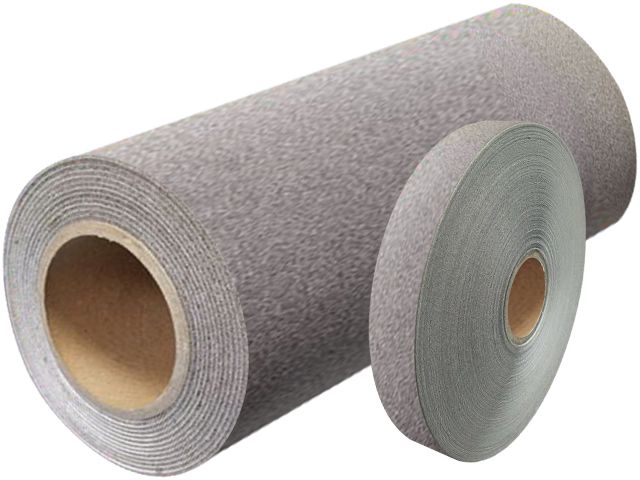conductive foam Which are there? What material is it?
source: Foam Pageviews: time:Aug 24, 2022
describe:
The material of conductive foam is plastic particles. Conductive foams include ordinary conductive foams, nickel-plated copper conductive foams, gold-plated conductive foams, carbon-plated conductive foams, and omnidirectional conductive foam pads.
conductive foam Which are there? What material is it?
The material of
conductive foam is plastic particles. The conductive foam is a closed-cell structure material with strong elasticity, fast rebound and light weight. Secondly, its anti-corrosion properties are also very good, which can ensure that the product is free from external chemical pollution. Missile foam has excellent flame retardancy.
The emergence of conductive foam is mainly to solve the electrostatic problem of optoelectronics, microelectronics and aerospace parts. Because the products of these industries have very precise characteristics but are particularly afraid of falling, they need high shockproof foam materials. Secondly, most of the products are mainly high-end electronic parts, especially afraid of static electricity. Because some parts cost tens of thousands or even hundreds of thousands. If the product is damaged or its service life is affected due to static electricity, it will not be worth the loss.
What are the conductive foams
Conductive foam includes ordinary conductive foam, nickel-plated copper conductive foam, gold-plated conductive foam, carbon-plated conductive foam, tin-plated conductive foam, conductive aluminum foil foam, conductive copper foil foam, and omnidirectional conductive foam. SMT conductive foam, I/O conductive foam gasket, etc.
Features
1. The material is very light and can have electromagnetic shielding performance. The electrostatic protection performance of the leading product is permanent.
2. The material is light, so its surface resistance is reduced, and it has no dependence on environmental humidity.
3. The conductive cloth foam has good anti-corrosion and anti-oxidation properties, which fully meets the needs of high-tech enterprises such as optoelectronics, microelectronics, aviation, aerospace, communications, military, chemical and chemical industries for new anti-static materials.
Advantage
1. Compliant with RoHS.
2. The improved Z-axis resistivity can increase the shielding effectiveness to more than 90dB in a wide frequency range.
3. Applicable thickness is 0.039" (1mm), 0.060" (1.5mm), 0.079" (2 mm), 0.098" (2.5 mm), 0.125" (3.2mm), and the width can reach 0.250" (6.4mm).
4. The compression range is large, and the maximum can be compressed to 60% of the original thickness.
5. It also has UL94 HB and V0 flame retardant grades.
6. Applicable to a variety of standard configurations, including D-subs, USB port, IEEE 1394, SCSI and RJ 11. (Also suitable for thin sheet and rectangular shape).
7. It can be punched into the required shape.
8. Die-cut I/O, rectangular gaskets and panel gaskets can be supplied with or without conductive adhesive
use
1. The electrostatic protection performance of the leading products is permanent;
2. No dependence on environmental humidity, etc.;
3. Fully meet the needs of high-tech enterprises such as optoelectronics, microelectronics, aviation, aerospace, communications, military, chemical and chemical industries for new anti-static materials.
4. Widely used in turnover, storage and transportation, packaging and other fields that need buffering and shock absorption
Conductive foam is widely used in PDP TVs, LCD monitors, LCD TVs, mobile phones, notebook computers, MP3, communication cabinets, medical instruments and other electronic products as well as military and aerospace fields


